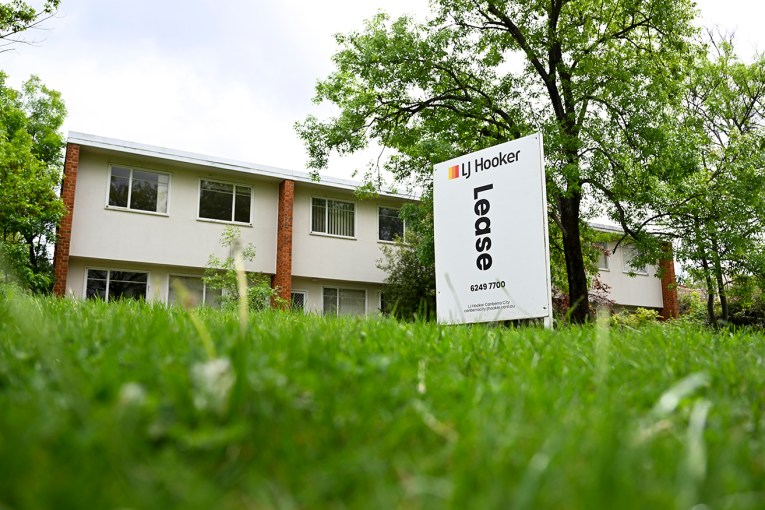We explain the debate over negative gearing


Shutterstock
After a brief break, negative gearing is once again back on the agenda – and the discussion is as heated and partisan as ever.
The left says ditch it, the right says keep it, and there is very little room for compromise.
But in the heated discussions one crucial fact is being ignored: that ‘negative gearing’ of property is essentially a gigantic loophole, and not a piece of policy at all.
• ‘Crazy’ house prices set to get crazier
• Who are you calling lazy, Mr Hockey?
• One reason Hockey won’t touch negative gearing
Let me explain.
One of the core principles of income tax in Australia is that expenses incurred to produce income are tax deductible (see ATO website). The government wants to incentivise people to earn their own income, because that means less welfare dependence and more tax revenue. Tax deductions are one type of incentive.
One way of earning an income is through investing in assets such as shares, bonds and property. Investments often involve expenses, such as interest paid on loans, upkeep of the asset, and so on.
Where negative gearing comes in
‘Negative gearing’ is when you borrow money to make such an investment – any investment, not just property – and the cost of servicing the debt is greater than the earnings that investment yields.
Say, for example, you rent out an apartment for $24,000 a year. Your total mortgage and maintenance expenses, however, come to $34,000 a year. The net loss of $10,000 is therefore tax deductible.
In other words, if you earn an annual income (excluding investments) of $100,000 a year, then thanks to negative gearing rules, you will actually only pay income tax on $90,000. That would save you $3,900 a year in income tax.
While negative gearing is just part of income tax rules, it has unique, unintended impacts on property markets. And it’s those unintended consequences that are being debated now.
The objections
The Grattan Institute’s John Daley told The New Daily the problem is that losses through negative gearing are deductible from your entire annual income. This is unfair, he says, because only 50 per cent of capital gains are taxed at your marginal tax rate. The rest is tax-free.
Here’s where it gets tricky.

Negative gearing may be a tax efficient investment strategy, say some. Photo: Shutterstock
If you hold your investment property for 10 years and never turn a profit, you will have been claiming tax deductions at your marginal rate – that is, at the rate your income is taxed – on an asset that never brought you an income at that rate.
“Precisely because of this mismatch,” Mr Daley says, “most systems around the world specifically quarantine the losses against investments in assets from your wage and salary income. So there’s lots of tax systems around the world that essentially say you cannot claim your losses from investments against the positive wage and salary income.”
Tax dodging
Without quarantining tax deductions, there is ample opportunity for tax minimisation.
Say you earn $200,000 a year, putting you in the top tax bracket of 47 per cent. If you arrange to ‘lose’ $20,000 a year on an investment property, you push yourself into the lower tax bracket, and end up saving $10,200 a year in tax. In other words, the supposed ‘loss’ is only $9,600 a year. Meanwhile, your capital gains get a 50 per cent discount.
These two factors conspire to make investing in a property infinitely more attractive than it would otherwise be. And if you are wealthy enough to afford a good accountant, they can help you play the system – perfectly lawfully – to your advantage.

Treasurer Joe Hockey is a fan of the current system.
The evidence strongly suggests that this is pushing up houses prices and squeezing out first home buyers.
The counter argument
Economist Henry Ergas told The New Daily that abolishing negative gearing and capital gains discounts would actually push rents up, a view shared by the Treasurer, as investors look for the same yield in different places.
“Because of the tax rate on capital gains, what that does is it shifts what would otherwise be rental income into capital gains income.”
The Grattan Institute has strongly argued that there is no evidence for this.
But even if the Grattan Institute is right, Professor Ergas argues that quarantining negative gearing is still problematic.
“The United States introduced quarantining in 1986 for personal income tax, and the result of that was … that source of finance has basically disappeared.”
That, he said, has left a serious shortage in rental accommodation.
The answer to that would be an increase in high-rise rental accommodation, owned by big investment vehicles with institutional owners like superannuation funds. This model is popular in many countries, but has never taken off in Australia, perhaps because Aussies prefer suburban, backyard living.
But given the “crazy” (to quote the RBA) cost of traditional housing, city-dwellers may just have to accept this is where things are heading.








